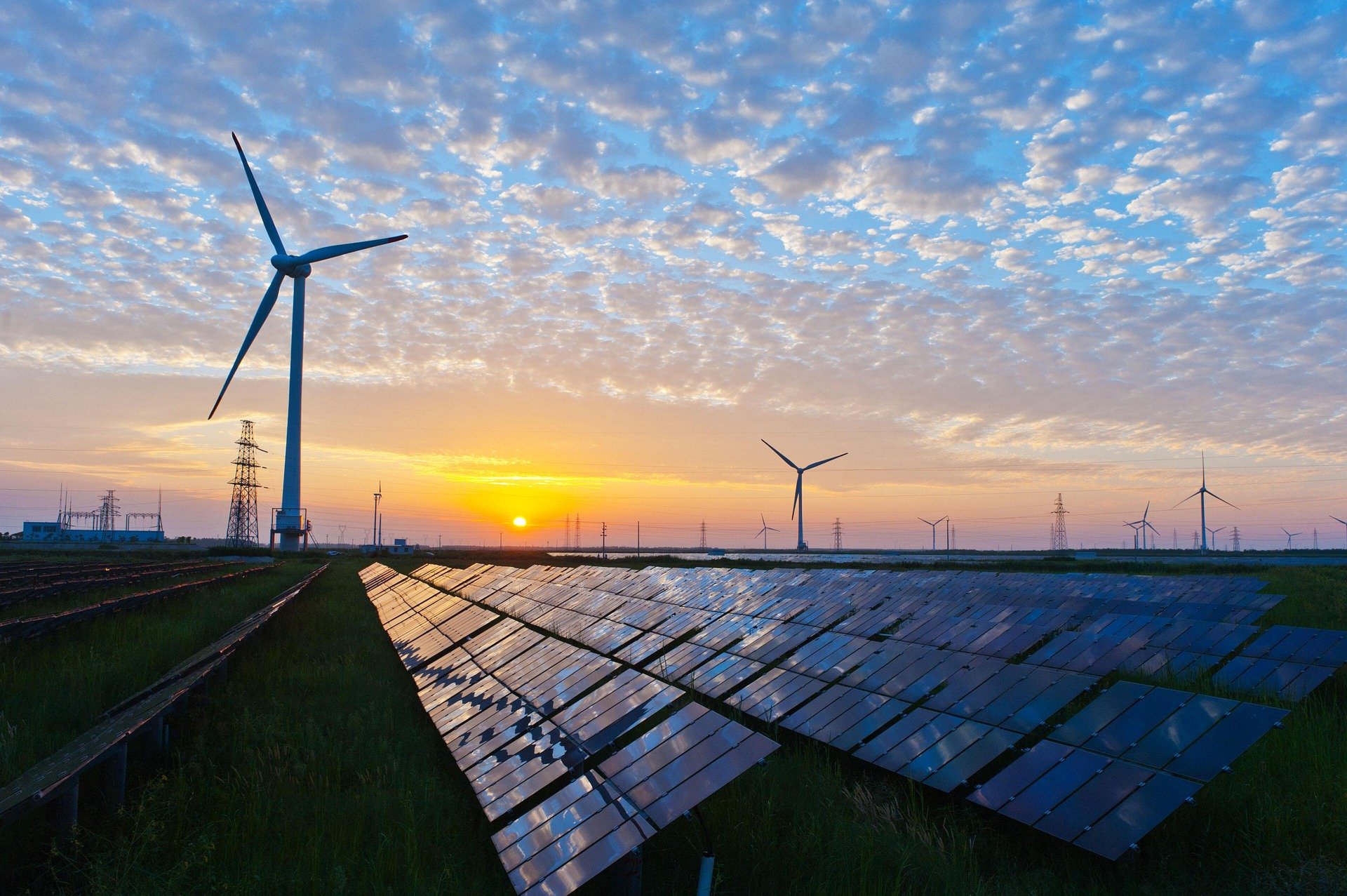Governments around the world are requiring utility companies to increase their use of renewable energy. The problem? Today’s natural gas and coal guzzling grids don’t hold onto the electricity they generate. Electricity companies deliver whatever they produce immediately, and produce the exact amount of power that’s needed at each moment.
However, renewables don’t work this way. The sun isn’t always shining, and the wind isn’t always blowing. As rail companies look for ways to move off the grid, they need to find ways to store surplus energy which can then be distributed when it’s needed later.
Climate considerations are quickly becoming more important than ever when it comes to infrastructure development. Rail travel remains much more efficient and less polluting than travelling by car. Of course, the emissions profile depends on the mix of electricity from the grid. While some grids are clean due to a mix of natural gas, geothermal, solar, wind, and hydropower, others are still reliant on non-renewable resources.
Many rail companies are already looking into ways that they can switch to greener, cheaper electricity. And moving off-grid is a key way to do this.
10:10 (a climate change charity) has partnered with Imperial College London to look for ways to run trains with solar power. The organisations have launched the renewable traction power project. The aim is to directly connect solar panels to the lines powering trains. This would mean that they could bypass the grid completely, and manage the power demand from rail much more efficiently.
Nederlandse Spoorwegen, the Dutch state-owned rail company, is now powering its passenger trains entirely by wind energy. 600,000 people use these trains every day, and the company has managed to move its trains to 100% renewable power a year ahead of its planned schedule.
Utility companies are under scrutiny around the world due to rising electricity prices. When rail companies are impacted by rising prices, they’re forced to increase ticket prices, annoying passengers and making it more likely that they will choose alternate transportation.
The rail industry can easily see the advantages of electric trains compared to their diesel counterparts, but grid electricity can make this choice less clear. But as fuel costs continue to increase and rail technology advances, rail companies are increasingly finding ways to ensure the electrification of rail without relying on the grid.
Electric trains are energy-efficient, with diesel trains using 2.5 to 3 times more energy than electric locomotives. The main downside to electrification of rail? Infrastructure costs. But as diesel prices continue to rise, rail companies are increasingly choosing to electrify rail lines. As a result, we’ve recently seen rail companies becoming more innovative, finding off-grid power solutions.
Some companies are already using energy from braking and downhill-travelling trains which can be captured and re-used. This energy is delivered back to the trains as they accelerate. In Philadelphia, SEPTA has used this system to also provide on-demand power back to the grid. The grid operator pays SEPTA for this electricity. Within just six months, SEPTA generated a return of $250,000 through both new revenue and energy savings.
Thinking about moving off the grid? Our DC/DC converters can help. Get in touch to talk to our sales engineers today.




